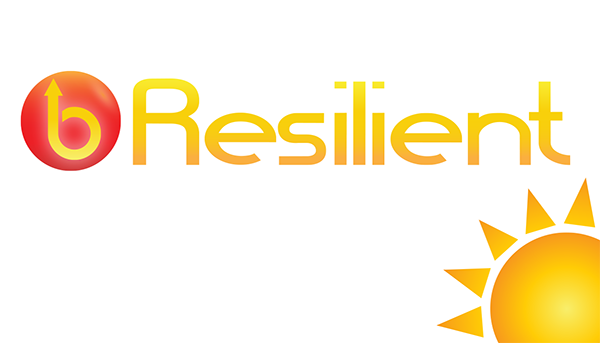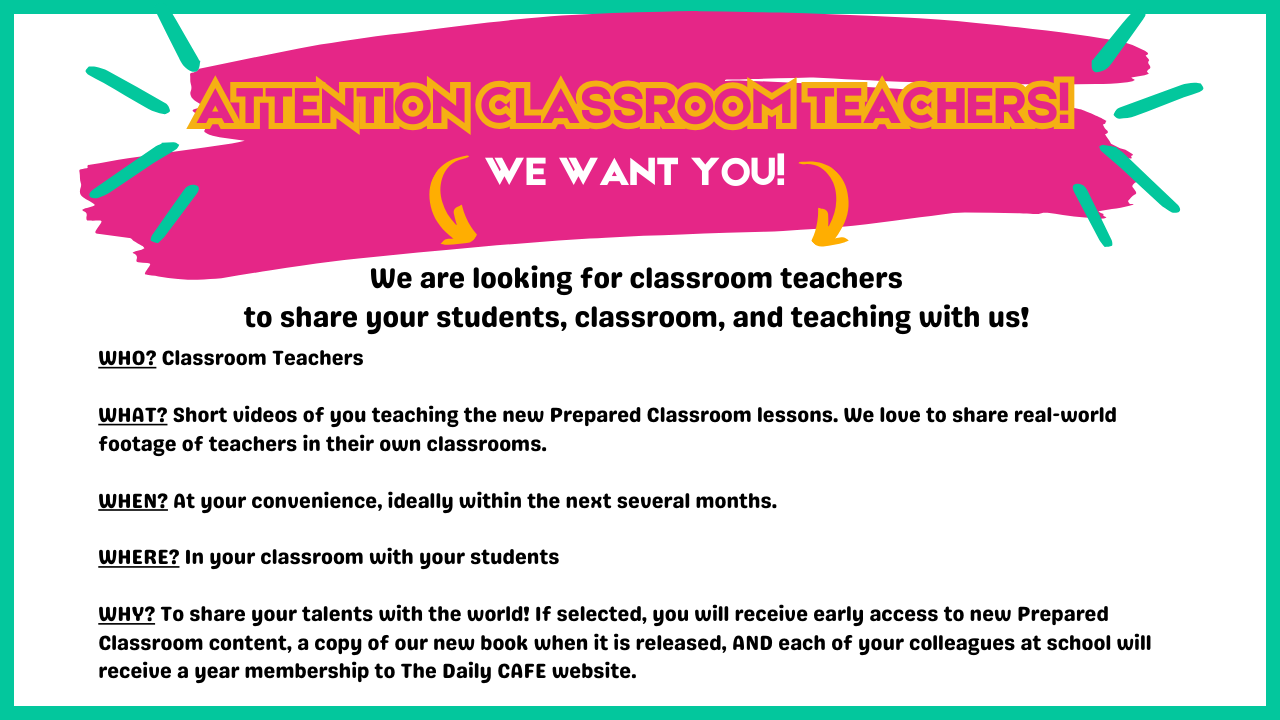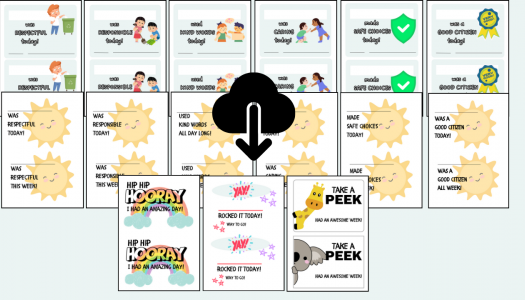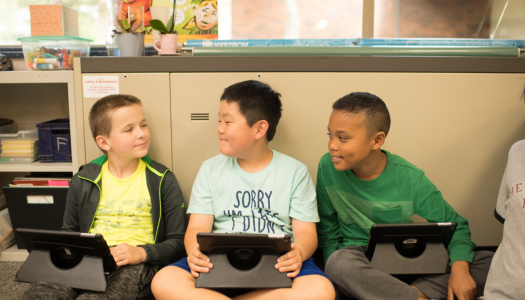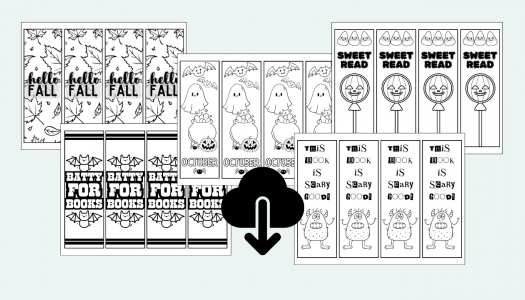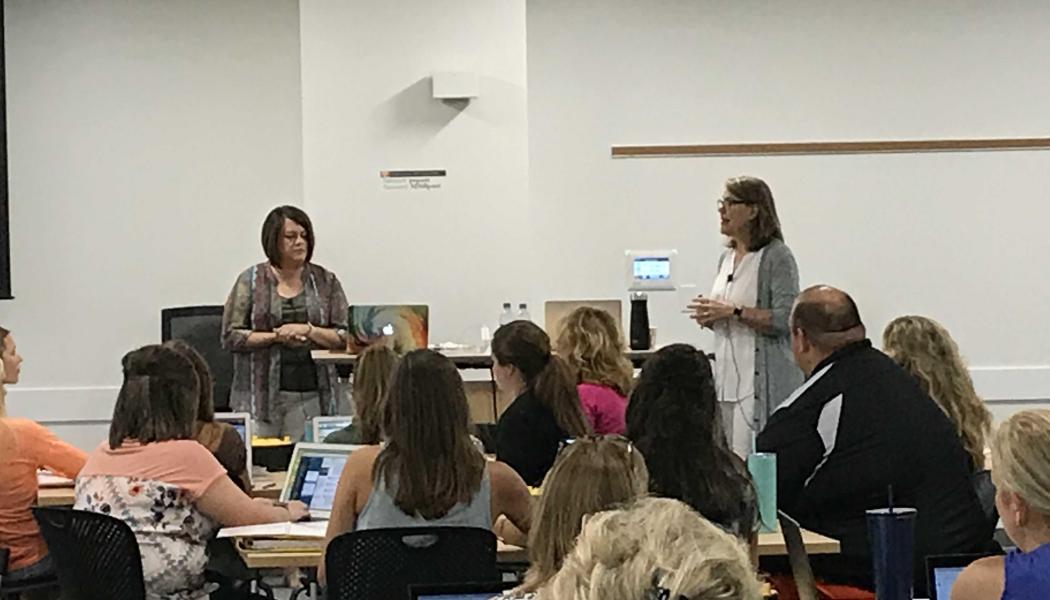
Allison Behne
A few years ago, I had the opportunity to present at a workshop—a day I remember fondly but also with a bit of embarrassment. The workshop was going well, the teachers were engaged, and I was in my element, sharing strategies and ideas that I was passionate about. At lunch, my sister, who had come along to support me, approached me with a smile and asked how it was going. I eagerly told her that it was fantastic and that I was really enjoying myself. Her response, however, caught me off guard.
She looked at me with a bit of concern and said, “That’s great to hear, but your face isn’t exactly showing it.” Confused, I asked her what she meant. She then pulled out her phone and showed me a picture she had taken during my presentation. To my shock—and, let’s be honest, a bit of horror—I looked like I was anything but happy. In fact, I looked downright angry.
Now, I have to laugh at it—mostly to keep from cringing. In my mind, I was having a great time, but to the audience, I looked like I was about to give them a stern lecture. My sister explained that when I’m deep in thought or concentrating, my face tends to show it in a way that doesn’t exactly scream, “I’m having a great time.” She gently suggested that I might want to be more aware of my facial expressions, because, as she put it, “The audience doesn’t know what’s going on in your head, and we don’t want them to get the wrong idea.”
That moment was a wake-up call for me, and it made me think about the role of nonverbal communication in teaching. As teachers, we’re constantly on display. Our students are watching us more closely than we often realize, and they pick up on every cue—whether we intend to send it or not. Our body language and facial expressions are powerful tools that can either reinforce or completely undermine the message we’re trying to convey.
Imagine this: You’ve just spent time planning an exciting lesson, something you’re genuinely enthusiastic about. But as you’re explaining it to your students, your face is in “deep concentration mode,” which might look a lot like “I’m not happy to be here.” Your students, who can’t read your mind, think, Is something wrong? Did we do something to upset the teacher? And just like that, the enthusiasm you’re feeling is lost in translation.
On the flip side, when we’re aware of our expressions and body language, we can use them to our advantage. A smile, a nod, an open posture—all of these can make a world of difference. They can show students that we’re approachable, that we’re engaged, and that we care about what we’re doing and about them.
So, I share this story with you not just to give you a laugh (though I hope it did), but also as a gentle reminder. We’re all human, and sometimes our faces don’t quite get the memo about what’s going on in our heads. But as teachers, it’s worth taking that extra moment to be mindful of what our body language and facial expressions are saying to our students. After all, they’re an important part of the learning environment we create—sometimes more important than we realize.
Let’s make sure that when we’re passionate about what we’re teaching, our students can see it, too. Because when they see our excitement and engagement, they’re more likely to mirror it, and that’s when the magic of learning really happens.
Let us know you are interested! ➡️ I want in!
News From The Daily CAFE
Way to Go!
Build a Positive Classroom Climate
October Bookmarks
